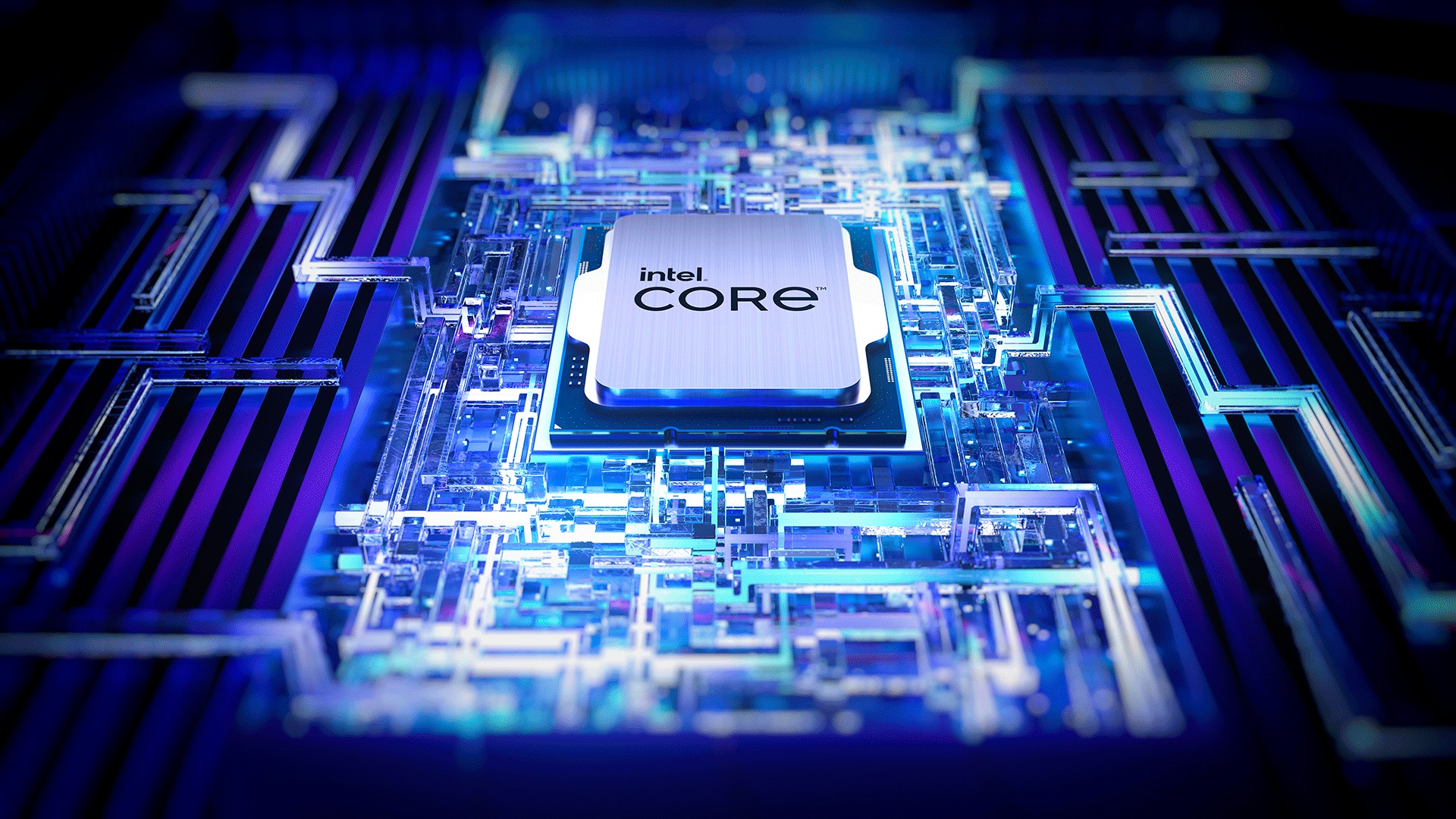Raptor Lake Refresh CPUs Reportedly Launch In October

It would seem that Raptor Lake Refresh isn't the only refresh that Intel has in mind. Reputable hardware leaker ECSM has revealed that Sapphire Rapids Refresh is also in the works while leaking the potential launch dates for Meteor Lake and Arrow Lake processors.
Starting on the consumer side, Raptor Lake Refresh is now the big talk. Intel recently downgraded the premium packaging on the Core i9-13900K and Core i9-13900KS. It may not sound like a significant move, but Intel typically does that when it's on the brink of launching a new series of processors. According to ECSM, Intel will unleash Raptor Lake Refresh in two waves. As usual, the K-series SKUs will arrive first, and the leaker claims they'll be on the shelves in October. Meanwhile, the non-K-series will likely launch between November and December, just in time for the holidays.
Raptor Lake Refresh won't come with a substantial performance uplift as with any refresh. The clock speeds will be higher, of course, and there's a rumor that the refreshed chips may have an improved integrated memory controller (IMC). However, the leaker believes that Intel will seemingly introduce a new SKU with an 8P + 12E configuration that would effectively slot between a Core i7 (8P + 8E) and a Core i9 (8P + 16E). Raptor Lake Refresh won't bring any new chipset or socket. The chips will slot fine into LGA1700 motherboards regardless if they're on the 600-or 700-series chipset.
ECSM stands firm that desktop Meteor Lake's cancellation remains unchanged. The 7nm processors will stay mobile-exclusive. We've already started seeing Meteor Lake-powered laptops at CES 2023, so the new processors, which will sport Intel's revamped branding, will be here in the year's fourth quarter.
Intel CPU Roadmap 2023 - 2025*
| Processor | Release Date |
|---|---|
| Raptor Lake Refresh K series | October 2023 |
| Raptor Lake Refresh non-K series | November - December 2023 |
| Sapphire Rapids Refresh | Early 2024 |
| Meteor Lake | Q4 2024 |
| Arrow Lake | Q4 2024 - Q1 2025 |
*Dates are unconfirmed by Intel.
Assuming that desktop Meteor Lake stays terminated, the desktop Raptor Lake's successor is Arrow Lake. Arrow Lake will continue to feature a multi-tile design, and this time around, the CPU tile will be a product of Intel's 20A process node. Unlike previous generations, Arrow Lake requires a new socket, like the LGA1851 one. According to ECSM, Arrow Lake might land between the fourth quarter of 2024 and the first quarter of 2025.
Intel's 4th Generation Sapphire Rapids Xeon processors haven't been on the market for a year. Yet, there are already rumors of a refresh. However, the refresh is strictly for the Sapphire Rapid WS series for workstations, the current W-2400 and W-3400 lineups. If the leaked information is accurate, Sapphire Rapids Refresh could arrive in early 2024 in the form of the W-2500 and W-3500 series. The new workstation processors will retain support for W790 motherboards. They'll rival AMD's upcoming Threadripper 7000 chips that wield Zen 4 cores.
Get Tom's Hardware's best news and in-depth reviews, straight to your inbox.

Zhiye Liu is a news editor, memory reviewer, and SSD tester at Tom’s Hardware. Although he loves everything that’s hardware, he has a soft spot for CPUs, GPUs, and RAM.